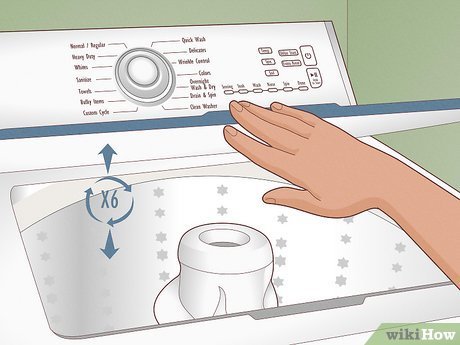
The E2 error code on a GE washing machine typically indicates that there’s a drainage problem. It’s like when a sink gets clogged, and water can’t flow out properly. The machine detects that water isn’t draining as it should, and signals for help. If not addressed, this issue might leave your clothes swimming in water. But before considering calling in a repair technician, there are simple steps you can take to try and fix this yourself.
Understanding the E2 Error Code
When your GE washing machine displays the E2 error, it’s essentially saying, “Hey, something’s wrong with the drainage!” This issue can stem from a few common causes. First, the drain hose might be kinked or blocked. Think of the hose as the path water takes to leave the machine; if it’s bent or obstructed, water can’t escape properly. It’s akin to trying to drink a milkshake through a straw that’s bent in half—frustrating, right?
Next, the issue might be with the drain pump itself. The pump is responsible for pushing water out of the machine. If it’s not working right, maybe due to a clog or mechanical failure, that’s a problem. Lastly, the filter or trap might be full. Just like a lint trap in a dryer catches lint, a washing machine trap catches debris, preventing it from clogging the system. A full trap can block water flow, triggering the E2 error.
In any case, understanding these potential causes will help guide your troubleshooting. If it’s simply a kinked hose or a full trap, you may not need professional help. Knowing this can save you time and money.
How to Reset Your GE Washing Machine
Resetting your GE washing machine after encountering the E2 error is a straightforward process. First, ensure safety by unplugging your machine. Think of it like rebooting your computer—it’s a way to clear any errors and start fresh. Leave the machine unplugged for about five minutes. This allows it to reset its electronic components.
After waiting, plug the machine back in and turn it on. Navigate to the “Settings” or “Menu” button, depending on your model, and try to run a test cycle without any clothes. This ‘dry run’ can reveal if the problem persists. Keep an ear out for any unusual noises that could indicate an internal issue.
If the error code reappears, it’s time to inspect the drain hose and filter. Gently remove the hose, checking for kinks or obstructions. Then locate and clean the filter—usually found at the bottom of the machine. Removing debris could clear the E2 error, restoring normal functionality.
Preventative Measures to Avoid Future Errors
Once you’ve reset your washing machine, it’s wise to adopt a few preventative steps to avoid future drainage issues. Regular maintenance is key. For starters, run a cleaning cycle with an appropriate washing machine cleaner every few months. This keeps the internal components free from lint and soap buildup, which could contribute to clogs.
Routinely inspect the drain hose for signs of wear or damage. If you see cracks or persistent kinks, replacing the hose might prevent future E2 errors. Furthermore, make it a habit to empty your pockets before washing clothes. Coins, tissues, and other small items can clog the filter, leading to drainage issues.
Finally, avoid overloading your machine. An overloaded tub makes it harder for water to drain and can lead to mechanical strain. By staying mindful of these steps, you reduce the chances of seeing that pesky E2 error again, ensuring your laundry days run smoothly.
When to Call a Professional
If you’ve gone through these troubleshooting steps and the E2 error code still haunts your washing machine, it might be time to call in a professional. Certain issues, such as a failing drain pump or more complex mechanical failures, require expert attention. It’s like when you’ve tried every home remedy for a persistent cold, sometimes you just need a doctor’s expertise to get you back on track.
Hiring a technician can be a bit of a hassle, but it’s essential for complex issues that standard troubleshooting can’t fix. Make sure to choose someone reputable—friends’ recommendations or online reviews can guide you towards a reliable repair service. It’s worth spending a little extra to ensure the job is done right.
Remember, regular maintenance can stave off many issues, but knowing when to call a professional could save you from further damage and costly repairs. In the long run, a well-maintained washing machine is less likely to break down and will serve you efficiently for years to come.
As you tackle this issue, keep in mind that while appliances can be finicky, they’re designed to serve you. With a little patience and attention, you can often resolve problems without too much fuss, getting back to what really matters—those fresh, clean clothes.